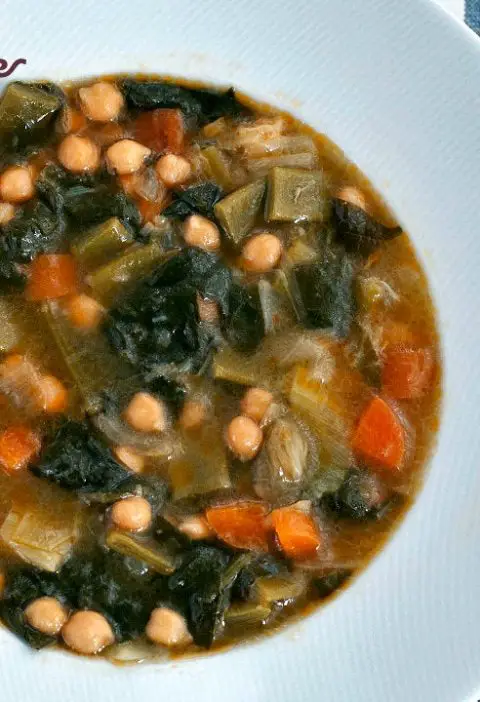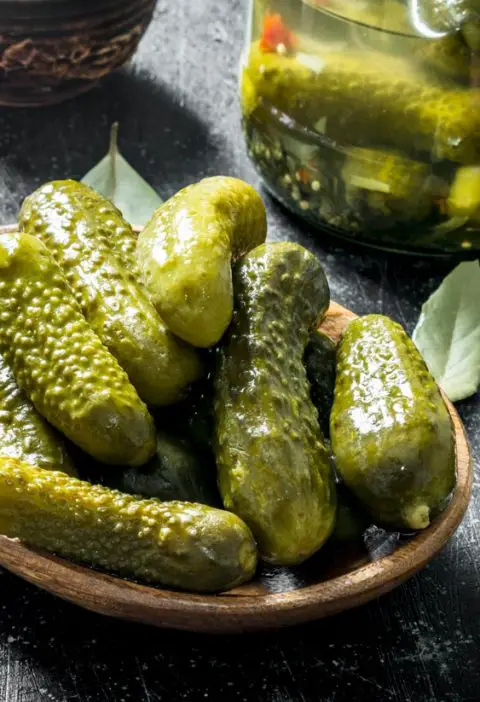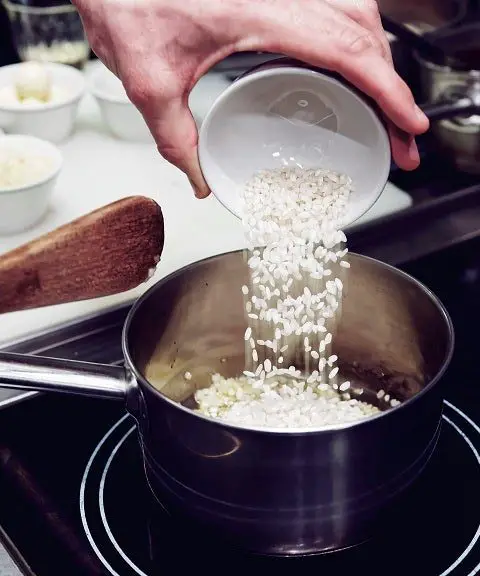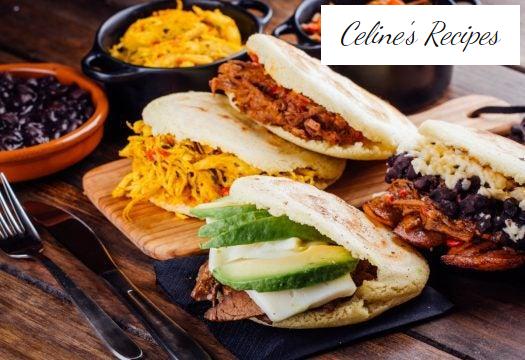
Info.
- Easy
- 40 minutes
- For 4 people
- 0.5 € / person
- 255kcal per 100g.
- · ·
Arepas. How to make arepas, tips, advice and origin .
Venezuela or Colombia? Panama or Peru? No, it is not a bet or a game of soccer teams in the World Cup … We are looking for the origin of the arepas.
That which is more than a basic food of a community; it is a symbol of identity . Something like our potato omelette or the squid sandwich.

Its origin. A little bit of history about arepas
Although there has been a lot of controversy about where the arepas were born, the truth is that we all know that they come from Latin America and that their origin dates back more than 1539:
” They make another kind of bread with corn as tortillas, one finger thick, round and large as a French dish, or a little more or less, and put them to cook in a pan on the fire, smearing it with fat so that they do not stick, turning them until they are cooked on both sides and this class is called areppas and some fecteguas . ”
This is the oldest reference to the arepa we found. Galeotto Cei wrote it in his ” Voyage and Description of the Indies (1539-1553) “.
Thanks to this description we can not only get an idea of its age, as we said, but know, quite precisely, what arepas ( fried, grilled or grilled corn bread cakes ).
What this explanation of Cei makes clear to us is that the arepas are native to the Indies, as we already anticipated.
From there, we only need to do a little research to discover that, although they have become very popular in countries like Colombia, Peru or Panama, the arepas come from Venezuela .
Some sources assure that the word comes from cumanagoto, which is the language of the Amerindian people of the Caribbean ethnic group that inhabited the ancient province of Nueva Andalucía, today Cumaná, and whose descendants currently inhabit the north of the Anzoátegui state, in Venezuela. The word arepa means ‘corn’, a basic ingredient in the preparation of this dish .
Thus, we can say that arepa is the typical Venezuelan food. It is consumed as a main dish or as a side dish , every day, for breakfast or dinner .
The Venezuelan fillings of the arepas range from butter, to cheeses, cold cuts, ham, mortadella, avocado, eggs, beans, tuna, chicken stews, meat or fish, and even seafood.

How to prepare arepas
Mass
- To make arepas we basically need two ingredients: precooked cornmeal and water .
- Precooked corn flour can be of different types. For arepas we usually use PAN flour. You have white corn flour, extra-smooth white mixture (white corn and rice), yellow corn, special corn for frying arepas (it is usually yellow) or the (more current) integral version. Choose the one you like the most, although I recommend the white or yellow cornmeal .
- We do not need salt (we will put it in the filling). Although in some recipes of Venezuelan friends they usually put a pinch, I will leave it as an optional ingredient.
- With them we will form our dough. It is very important that during the process we undo all the lumps of the flour to obtain a smooth product.
- Once our dough is obtained, we let it rest for a few minutes . After that time, we can know if the dough is very dry if cracks form on the edges when making the pancake.
- In that case we must add water to the dough. If, on the other hand, the dough has become too soft and cannot be easily molded, we must add a little flour. Once we get our dough to be perfect we will go to the next step.
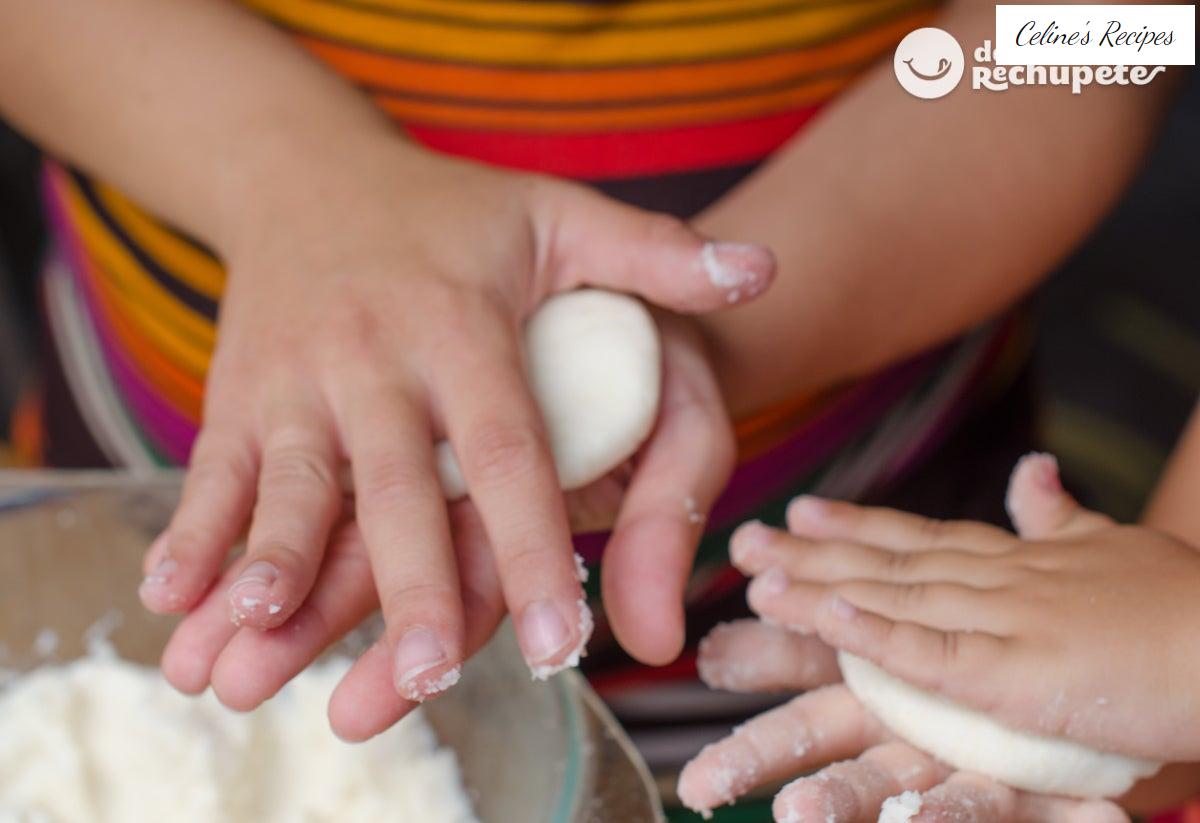
Molding
- Shaping the arepas is a fairly free process. The cakes are made by making balls out of the dough and then crushing them to create a circular shape.
- The thickness varies pone our tastes: can be large and thin or more small, thick .
Cooking
We can cook the dough for our arepas in different ways:
- Fries : It is usually the favorite option of most people. To make them like this, it is advisable to use a frying pan (if possible, of iron) and a quantity of oil sufficient to cover half the container. This ensures that the cooking is uniform and the arepas are golden in a few minutes.
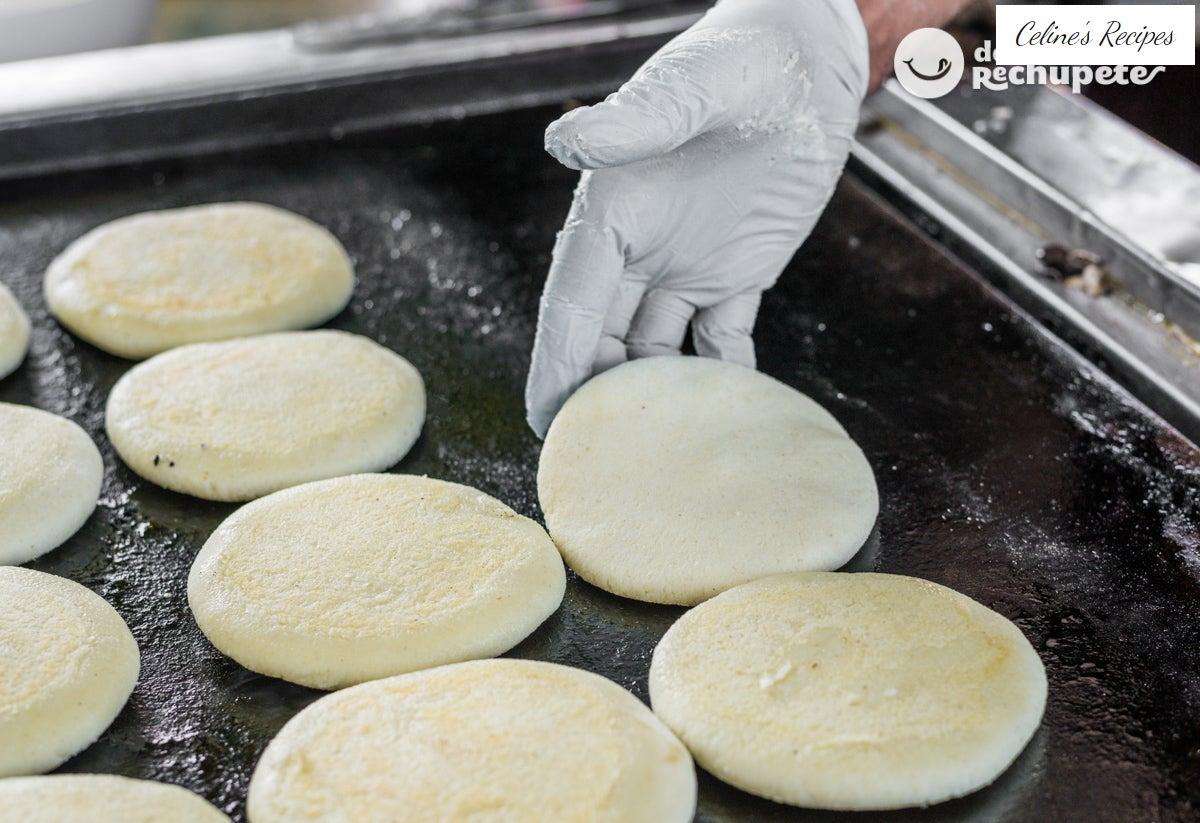
- Baked . For the healthiest, who prefer to avoid oil, frying and calories, there is the possibility of preparing the arepas in the oven . To make them perfect and not stick, we must put a layer of oil on the arepas with a brush and put them in the oven very hot . This type of preparation takes more time than frying: it can take 20 minutes to bake. The result is also crunchy.
You can see all the step by step photos of this recipe for arepas in this album.
The filling of the arepas
- To fill the arepas we must make a cross section in the cakes. The arepas can be filled with all the ingredients you want .
- As in almost any recipe, imagination and creativity , in addition to taste , are essential. Cheese, ham, avocado, scrambled eggs, onion and tomato, vegetables …
- There are endless possibilities, but as always, and to make a more sustainable kitchen, it is highly recommended to use the leftovers from our meals (like when we make croquettes!).
- The filling will also depend on the moment you take the arepas: in the morning, for breakfast, or at night for dinner.
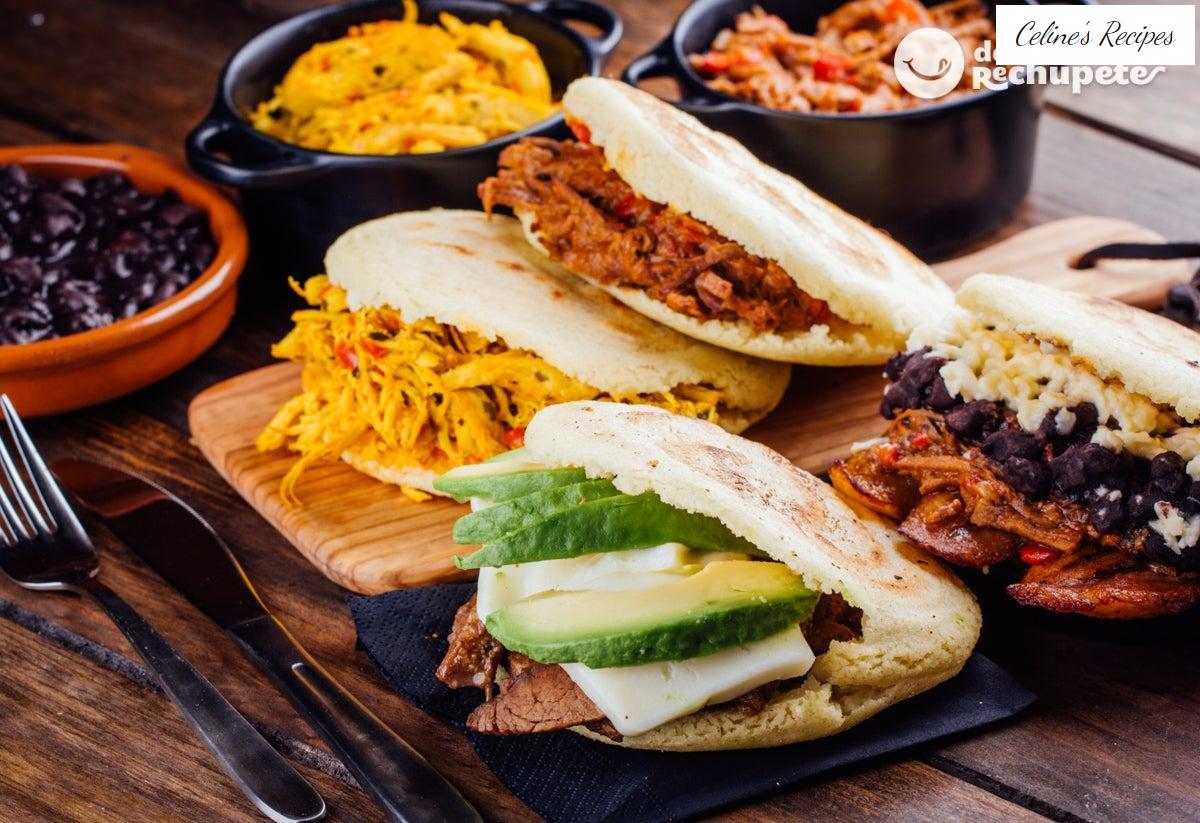
The conservation of the arepas
The normal and most advisable is to consume the arepas at the time we prepare them . So they are crispy and tasty. (However we will give you a trick to freeze them).
The arepas dough is kept in the fridge for 3 days . You must keep it in a covered container. When you want to use it again you will have to rewet it.
Once cooked, the arepas can be reheated; you must wet them and put them in the toaster, oven or the iron. Similarly, you can store the remaining arepas in a covered container in the fridge.
Tips and tricks for some delicious arepas
- To make the dough crisp , it is recommended to use very cold water when mixing and kneading the flour. If you want the dough to be softer as well as crisp , you can add a couple of tablespoons of cornstarch to the mixture.
- If we want to make them in advance and freeze the arepas, we can wrap them individually without frying in baking paper or transparent film and put them in a freezer bag with hermetic closure.
- When we want to consume them we will have to leave 5 minutes at room temperature before preparing them. Another option is to save the already fried arepas in the same way (individually wrapped). In this case, when simply going to have to consume heated in the oven to 175 ° C .
- You can also enrich the dough with different ingredients to give it color, flavor, texture and increase its nutritional value. For example, you can add cheese, eggs, milk, oatmeal, chia seeds or even pureed or raw vegetables.
About precooked corn flour
- In a traditional way, arepas are prepared with dry corn dough (white or yellow), which previously had the husk removed, cooked and ground.
- Today, the most practical thing is to use precooked corn flour, and it can be found in many supermarkets and stores. The best known is that of the PAN brand, and you can find it both white and yellow.
- They also have another added value, since they are made with precooked cornmeal they would be perfect for celiacs. Although the brand that I have used, PAN, seems to have traces of gluten, so if you have this intolerance, look for a totally gluten-free one.
- Flour Bread was produced in Venezuela and there was no gluten, suitable for celiacs. Venezuelan Flour Bread moved its operations to Colombia and here Flour Bread lost its “gluten-free product” certificate.
- They cannot guarantee that there was no cross contamination in the process of making Pan Flour, since in the factories they also produce products with wheat.
- There are plenty of brands on the market tested gluten free to make this recipe.
In summary…
There are plenty of recipes for arepas , but from here, in addition to encouraging you to try making them at home.
We recommend that you try this one, Reina Pepiada , one of the most popular and traditional in Venezuela. And remember: this food, made from corn flour, is gluten-free!
